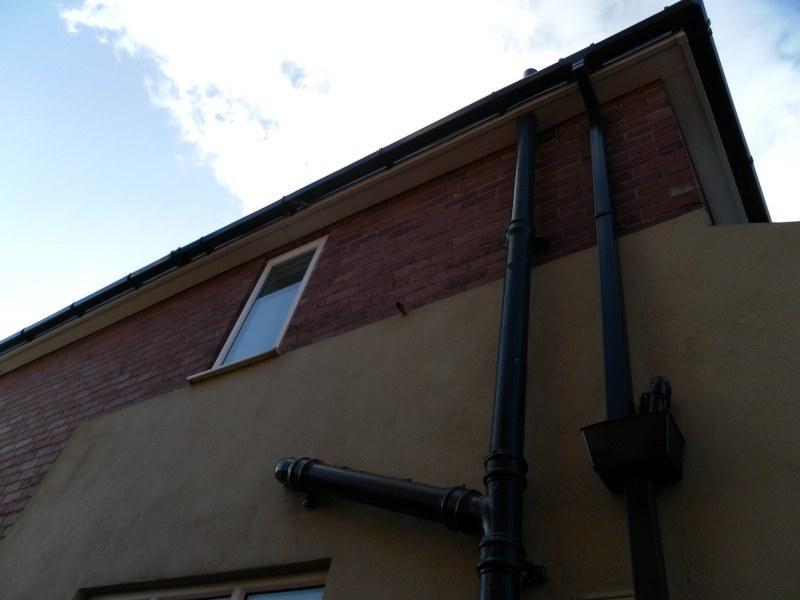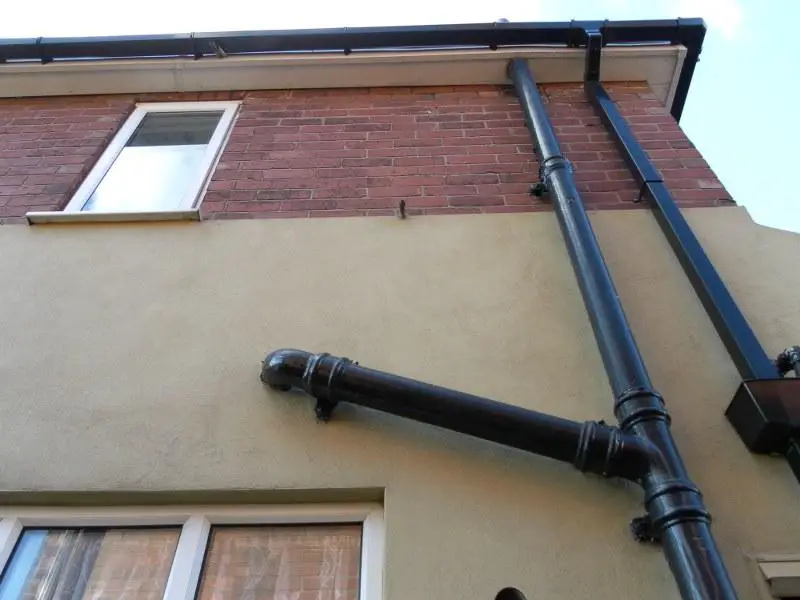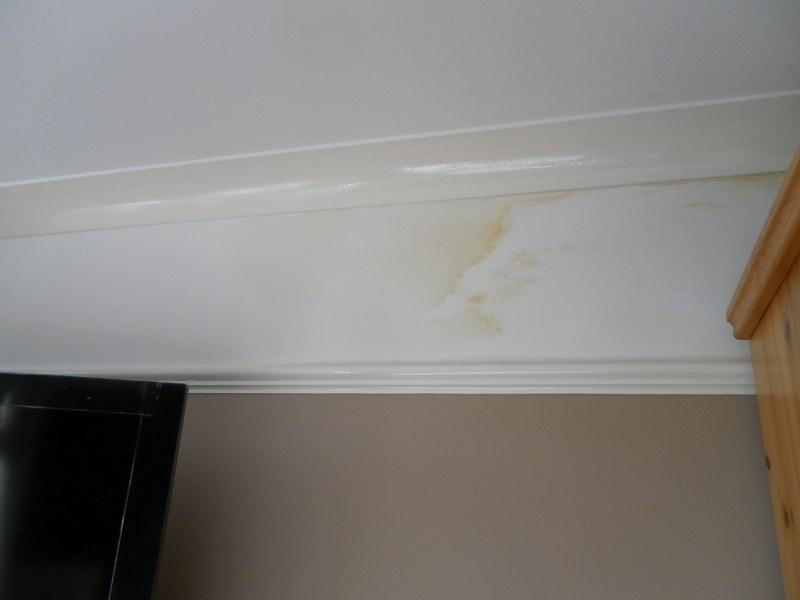Hi all,
Does anyoen ahve any ideas of what might be causing this damp area please?
The wall is in the first floor master bedroom, and it is an external wall behind which is a chimney stack.
Initially i thought it might be some poor flashing ont he roof or perhaps mortar joint worn away inside the chimney stack. However we have not had much rain recently and the damp patch is getting bigger.
Could it be the warm air in the room hitting the extra cold wall (due to the chimney flu behind this) and condensing on the wall?
I had to admit it can be quite humid in there but nothing major and there is no sign of condensation else where.
I'm stuck
Any ideas please?
Thanks
Jon
 [wiki][/wiki]
[wiki][/wiki]
Does anyoen ahve any ideas of what might be causing this damp area please?
The wall is in the first floor master bedroom, and it is an external wall behind which is a chimney stack.
Initially i thought it might be some poor flashing ont he roof or perhaps mortar joint worn away inside the chimney stack. However we have not had much rain recently and the damp patch is getting bigger.
Could it be the warm air in the room hitting the extra cold wall (due to the chimney flu behind this) and condensing on the wall?
I had to admit it can be quite humid in there but nothing major and there is no sign of condensation else where.
I'm stuck
Any ideas please?
Thanks
Jon









